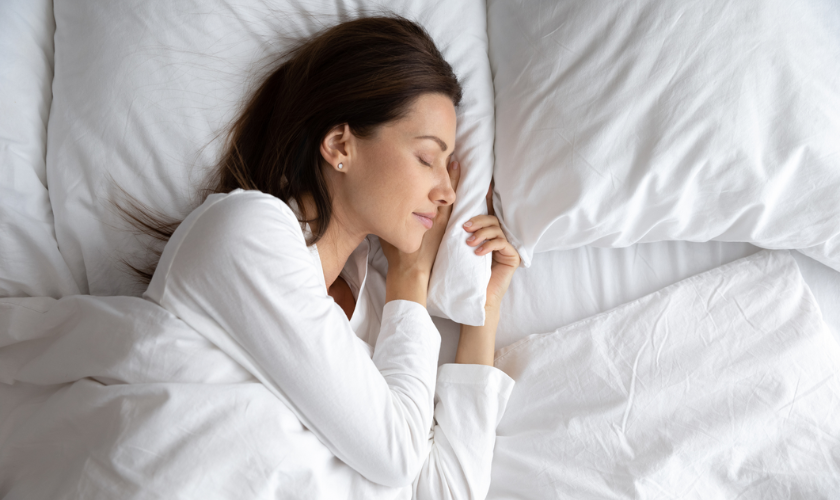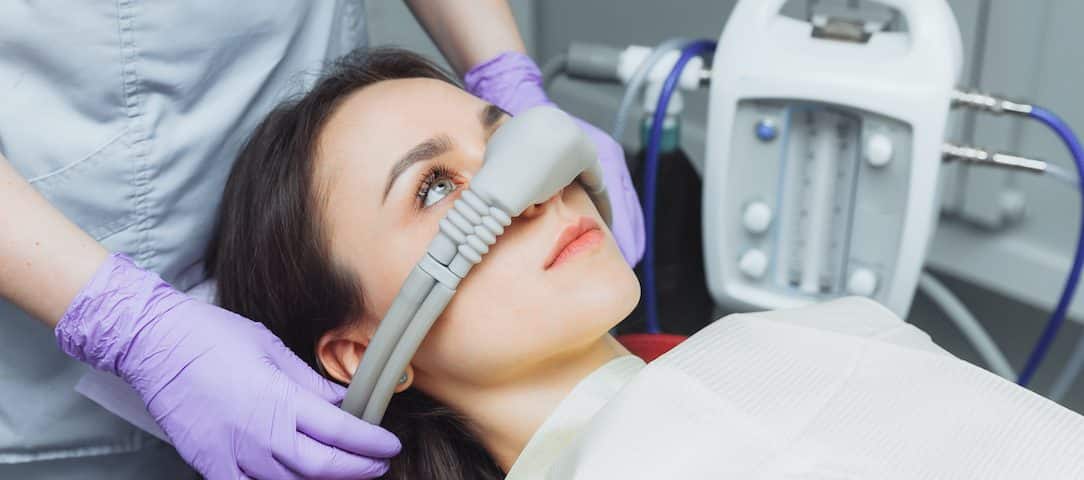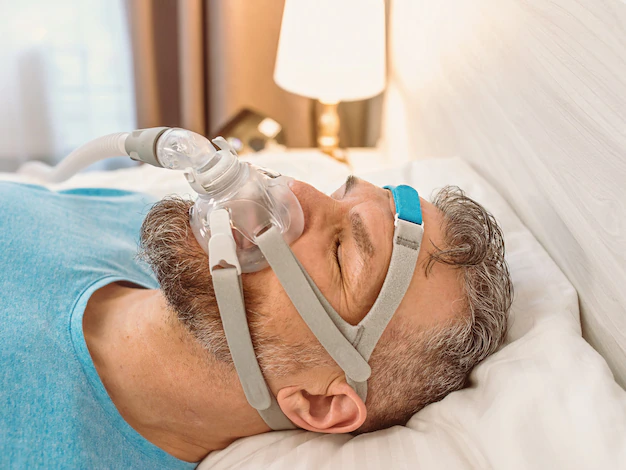A common sleep disorder called sleep apnea is characterized by shallow or paused breathing while you’re asleep. These interruptions can happen multiple times throughout the night, leading to disrupted sleep and potentially serious health consequences if left untreated. Fortunately, there are lifestyle changes that can help manage sleep apnea and improve overall sleep quality. In this article, we’ll explore five effective lifestyle changes that can make a difference for individuals dealing with sleep apnea.
Maintain a Healthy Weight:
One of the most significant risk factors for sleep apnea is excess weight, particularly around the neck area. Carrying extra weight can contribute to the narrowing of the airway, making it more likely for obstruction to occur during sleep. Therefore, adopting a healthy diet and incorporating regular exercise into your routine can help with weight management and reduce the severity of sleep apnea symptoms.
In addition to promoting weight loss, exercise can also strengthen the muscles in the throat and improve overall breathing patterns. Activities such as walking, swimming, or cycling can be beneficial for individuals with sleep apnea. Consulting with a healthcare professional or a certified personal trainer can help develop a safe and effective exercise plan tailored to your needs.
Change Your Sleeping Position:
The position in which you sleep can have a significant impact on sleep apnea symptoms. Sleeping on your back increases the likelihood of the tongue and soft tissues collapsing into the airway, leading to obstruction and breathing difficulties. To reduce the risk of airway obstruction, try sleeping on your side instead.
Using pillows or positional therapy devices can help encourage side sleeping and prevent you from rolling onto your back during the night. Some individuals find relief by elevating the head of the bed or using a wedge pillow to keep the airway open and improve breathing. Experiment with different sleeping positions and supportive devices to find what works best for you.
Avoid Alcohol and Sedatives:
Alcohol and sedatives can relax the muscles in the throat and exacerbate sleep apnea symptoms. Consuming alcohol before bedtime can lead to increased instances of airway obstruction and more frequent breathing pauses during sleep. Similarly, certain medications and sedatives can have a similar effect on muscle tone and respiratory function.
To manage sleep apnea effectively, it’s important to avoid alcohol and sedatives, especially in the hours leading up to bedtime. Instead, focus on establishing a relaxing bedtime routine that promotes restful sleep. This may include activities such as reading, taking a warm bath, or practicing relaxation techniques like deep breathing or meditation.
Quit Smoking:
Smoking is not only harmful to overall health but can also worsen sleep apnea symptoms. The chemicals in tobacco smoke can irritate the airway and contribute to inflammation and swelling of the throat tissues, making breathing more difficult during sleep. Additionally, smoking is associated with an increased risk of developing sleep apnea and other respiratory conditions.
If you’re a smoker, quitting is one of the best things you can do to improve your sleep apnea and overall health. Seek support from healthcare professionals, counseling services, or smoking cessation programs to help you quit successfully. By eliminating smoking from your life, you can reduce airway inflammation, improve respiratory function, and experience better sleep quality.
Practice Good Sleep Hygiene:
Establishing good sleep hygiene habits can play a crucial role in managing sleep apnea and promoting restful sleep. Sleep hygiene encompasses a variety of practices and behaviors that support healthy sleep patterns and optimal sleep quality. Here are some pointers for enhancing sleep hygiene:
- Even on weekends, maintain a regular sleep routine by going to bed and waking up at the same times every day.
- Create a relaxing sleep environment that is cool, dark, and quiet, free from distractions such as electronic devices.
- Limit exposure to screens and bright lights before bedtime, as they can interfere with the body’s natural sleep-wake cycle.
- Avoid large meals, caffeine, and heavy exercise close to bedtime, as they can disrupt sleep and exacerbate sleep apnea symptoms.
By incorporating these lifestyle changes into your daily routine, you can take proactive steps to manage sleep apnea and improve your overall sleep quality. However, it’s essential to consult with a healthcare professional, such as a dentist in Baymeadows specializing in sleep disorders, for personalized guidance and treatment options tailored to your individual needs. With dedication and persistence, you can achieve better sleep and enjoy improved health and well-being.



